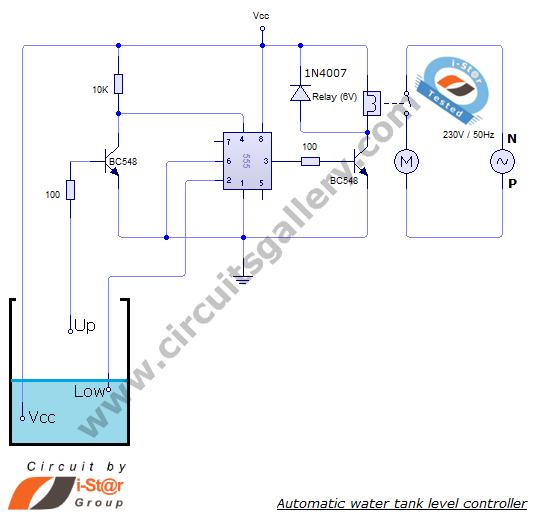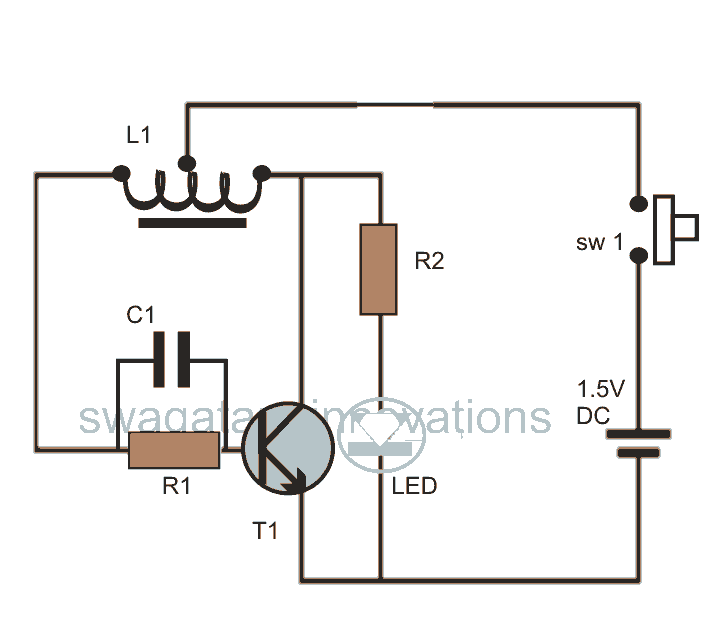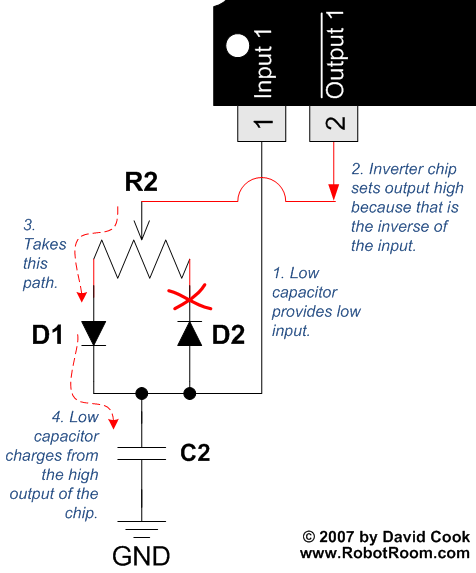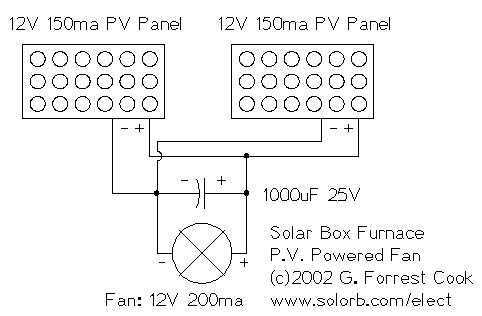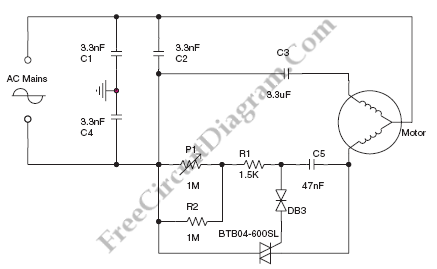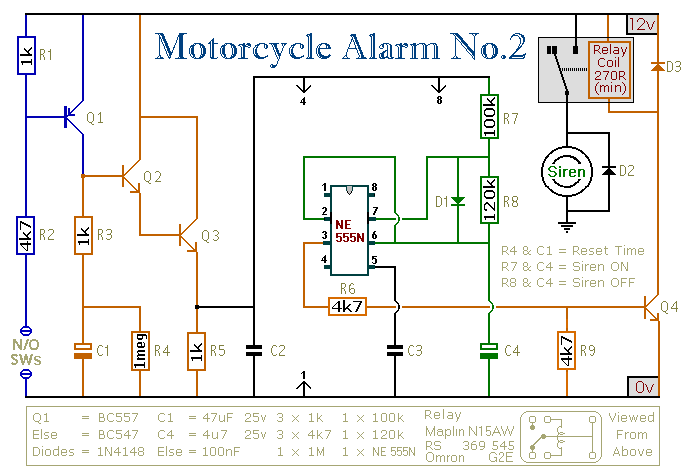
LMD18400 for four-phase stepper motor drive
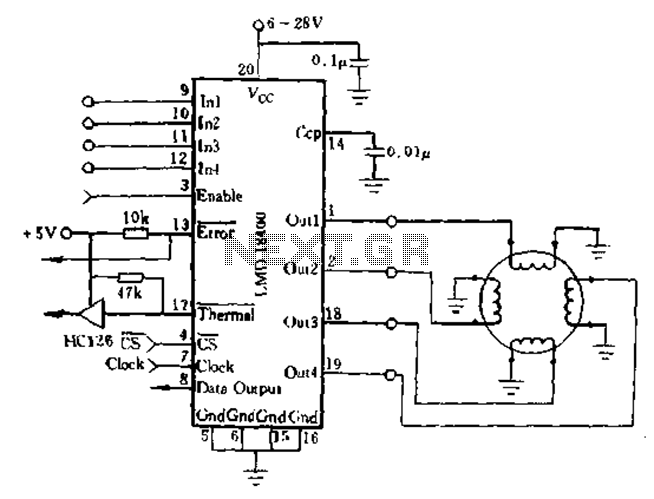
The DMOS power switch exhibits an ON-state resistance with a positive temperature coefficient, allowing for the parallel connection of four switches to increase load current, resulting in a monolithic design. The LMD18400 can drive one, two, or four small DC motors. Motor speed control can be implemented through the PWM control signal input terminal, as illustrated in Figures 11-12 and 11-13. The LM1951 operates as a high-speed (50 kHz) high-side intelligent switch, providing various fault protection features and fault indication outputs. These include outputs for short circuits to ground, short circuits to power, open circuits in both positive and negative configurations, overcurrent, overvoltage, and overtemperature conditions. This device is suitable for driving resistive and inductive loads, with a 30V output capable of clamping inductive loads for rapid discharge. The input control terminal is TTL/MOS compatible and includes ESD (Electrostatic Discharge) protection.
The DMOS power switch's design leverages its positive temperature coefficient to ensure reliable operation under varying thermal conditions. By enabling the parallel connection of multiple switches, the circuit can effectively manage higher load currents, enhancing the overall performance of the system. The LMD18400's capability to drive multiple small DC motors allows for versatile applications, including robotics and automation, where precise motor control is essential. The PWM control signal input terminal facilitates smooth motor speed adjustments, making it suitable for applications requiring variable speed control.
The LM1951 serves as a critical component in this configuration, functioning as a high-side switch with a rapid switching frequency of 50 kHz. This high-speed operation is crucial for applications that demand quick response times and efficient power management. The integrated fault protection mechanisms are vital for safeguarding the circuit against common electrical faults. The ability to detect short circuits to ground or power, as well as open circuit conditions, ensures that the system can react promptly to prevent damage.
Furthermore, the LM1951's capability to manage overcurrent and overvoltage conditions contributes to the longevity and reliability of the connected loads. The overtemperature protection enhances safety by preventing thermal runaway situations. The design's suitability for both resistive and inductive loads broadens its application range, making it effective for various types of motors and actuators.
The 30V output voltage rating allows for effective clamping of inductive loads, ensuring rapid discharge and minimizing voltage spikes that could otherwise damage sensitive components. The inclusion of ESD protection at the input control terminal further enhances the circuit's robustness, making it resilient against electrostatic discharges that can occur during handling or operation. Overall, this configuration represents a comprehensive solution for driving DC motors with advanced control and protection features.DMOS power switch ON-state resistance has a positive temperature coefficient, four switches can be arbitrarily parallel to increase the load current, and therefore a monolithic LMD18400 can drive one, two, four small DC motor. From the PWM control signal input terminal can be implemented now motor speed control, shown in Figure 11-12 and Figure 11-13. LM1951 is a high speed f of 50kHz) the high-side intelligent switching. It therefore provides the following fault protection and fault indication output: Output is shorted to ground or short to power on the positive and negative holy open circuit, over current, over voltage, over temperature.
It is suitable for resistive and inductive load drive, 30V output is clamped inductive load make rapid discharge, the input control terminal of the TTL/( MOS compatible with ESD (Antistatic) protection.
The DMOS power switch's design leverages its positive temperature coefficient to ensure reliable operation under varying thermal conditions. By enabling the parallel connection of multiple switches, the circuit can effectively manage higher load currents, enhancing the overall performance of the system. The LMD18400's capability to drive multiple small DC motors allows for versatile applications, including robotics and automation, where precise motor control is essential. The PWM control signal input terminal facilitates smooth motor speed adjustments, making it suitable for applications requiring variable speed control.
The LM1951 serves as a critical component in this configuration, functioning as a high-side switch with a rapid switching frequency of 50 kHz. This high-speed operation is crucial for applications that demand quick response times and efficient power management. The integrated fault protection mechanisms are vital for safeguarding the circuit against common electrical faults. The ability to detect short circuits to ground or power, as well as open circuit conditions, ensures that the system can react promptly to prevent damage.
Furthermore, the LM1951's capability to manage overcurrent and overvoltage conditions contributes to the longevity and reliability of the connected loads. The overtemperature protection enhances safety by preventing thermal runaway situations. The design's suitability for both resistive and inductive loads broadens its application range, making it effective for various types of motors and actuators.
The 30V output voltage rating allows for effective clamping of inductive loads, ensuring rapid discharge and minimizing voltage spikes that could otherwise damage sensitive components. The inclusion of ESD protection at the input control terminal further enhances the circuit's robustness, making it resilient against electrostatic discharges that can occur during handling or operation. Overall, this configuration represents a comprehensive solution for driving DC motors with advanced control and protection features.DMOS power switch ON-state resistance has a positive temperature coefficient, four switches can be arbitrarily parallel to increase the load current, and therefore a monolithic LMD18400 can drive one, two, four small DC motor. From the PWM control signal input terminal can be implemented now motor speed control, shown in Figure 11-12 and Figure 11-13. LM1951 is a high speed f of 50kHz) the high-side intelligent switching. It therefore provides the following fault protection and fault indication output: Output is shorted to ground or short to power on the positive and negative holy open circuit, over current, over voltage, over temperature.
It is suitable for resistive and inductive load drive, 30V output is clamped inductive load make rapid discharge, the input control terminal of the TTL/( MOS compatible with ESD (Antistatic) protection.
